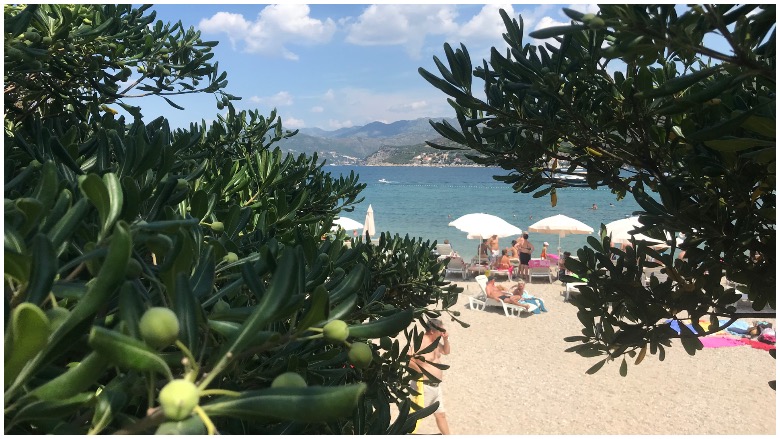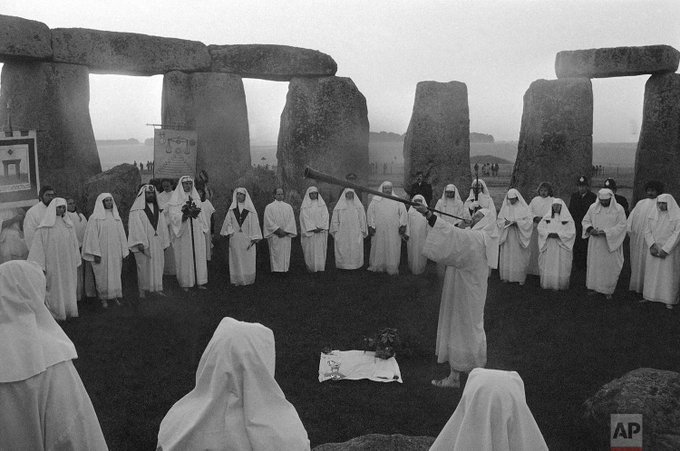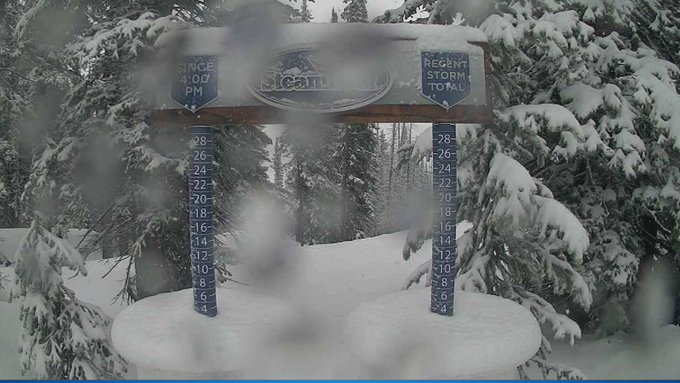
The summer season of 2019 in Northern Hemisphere – beginning on Friday, June 21 and ending on Monday, September 23 – is celebrated today with a Google Doodle.

Summer season Google doodle.
According to the site, a group of “Googlers” get together regularly to brainstorm and choose which events will be celebrated with a Google doodle. Once a topic is chosen, a team of “doodlers” and engineers creates every doodle users see, having created over 2000 doodles for Google homepages around the world. In addition, users can email ideas for the next Google doodle to proposals@google.com, however, the team receives hundreds of requests every day.
Today’s doodle celebrates the longest day and shortest night of the year in the Northern Hemisphere and the exact opposite in the Southern Hemisphere.
Here’s what you need to know:
1. Friday, June 21, 2019 is the Summer Solstice, Which Marks the First Day of Summer
According to Spaace, “The June solstice will occur at 11:54 a.m. EDT (1554 GMT), as the sun reaches the point at which it is farthest north of the celestial equator. To be more precise, when the solstice occurs, the sun will appear to shine directly overhead for a viewer stationed on the Tropic of Cancer (latitude 23.5 degrees north) in the western Atlantic Ocean, roughly 600 miles (965 kilometers) to the northwest of San Juan, Puerto Rico.”
Astroccult shared a piece of art on Instagram and an insight into the four seasons, “which correspond to the four phases of the sun’s orbit and the four phases of the moon. If you really think about it, you’ll notice that there is a close connection between the seasons and the phases of life. For instance, spring is a symbol of birth, while summer represents one’s childhood. Autumn represents adulthood and winter, old age, which essentially leads to death. It may sound grim, but the seasons are about the circle of life. The symbolism of life and death is also a representation of the two yearly solstices associated with the light and the dark.”
2. ‘Solstice’ Was Formed From Latin Words Meaning ‘Sun’ and ‘Standing’
According to a tweet from Merriam-Webster, ‘Solstice’ was formed from the Latin ‘solstitium,’ a combination of words meaning “sun” and “standing.”
The term is defined as “either of the two points on the ecliptic at which its distance from the celestial equator is greatest and which is reached by the sun each year about June 21 and December 21.”
3. People Gather at Stonehenge to Celebrate the Summer Solstice
A tweet from AP shows members of the Ancient Order of Druids celebrating the summer solstice near Amesbury, Wiltshire, England, June 22, 1979, at Stonehenge. The practice of gathering at Stonehenge on this day is an age-old tradition that many still observe.
People have made the pilgrimage to the prehistoric monument to watch in wonder as the sun and stars dance around the stones.
4. Summer Usually Means Warm Weather
In the U.S. and Canada, thunderstorm season typically runs from spring through summer, oftentimes bringing hail, high winds, and tornadoes in the afternoon and evening. In Mediterranean regions, summer is associated with dry weather, while in other places like Eastern Asia, it is associated with rainy weather.
Overall, when most people think of traditional summer they think of warm sun and blue skies, however, some people aren’t so lucky. According to CBS Denver, they might see a snowstorm during the first weekend of summer.
On the other hand, ABC15 Arizona is expected to see a high of 102 degrees on the first day of summer.
5. Several Holidays Come During the Summer Season
Outdoor gear brand Yeti says, “longer days mean longer adventures.” According to Google, a handful of holiday adventures fall during the summer season.
The holidays include Memorial Day in the U.S. and Victoria Day in Canada. Independence Day in the U.S, Jordan, Pakistan, and India. National Day of Sweden, Swiss National Day, Belgian National Day, Canada Day, Australia Day, Bastille Day, the National Day of France, and Festa della Repubblica, an Italian national and republic day. Also Ólavsøka, the biggest summer festival in the Faroe Islands.
Aside from holidays, people tend to spend their summers outside. Children are usually off of school and television takes a slight break. People partake in land and water sports, swim at pools and beaches, travel around the country or around the world, and attend celebrations, parades, and festivals.



